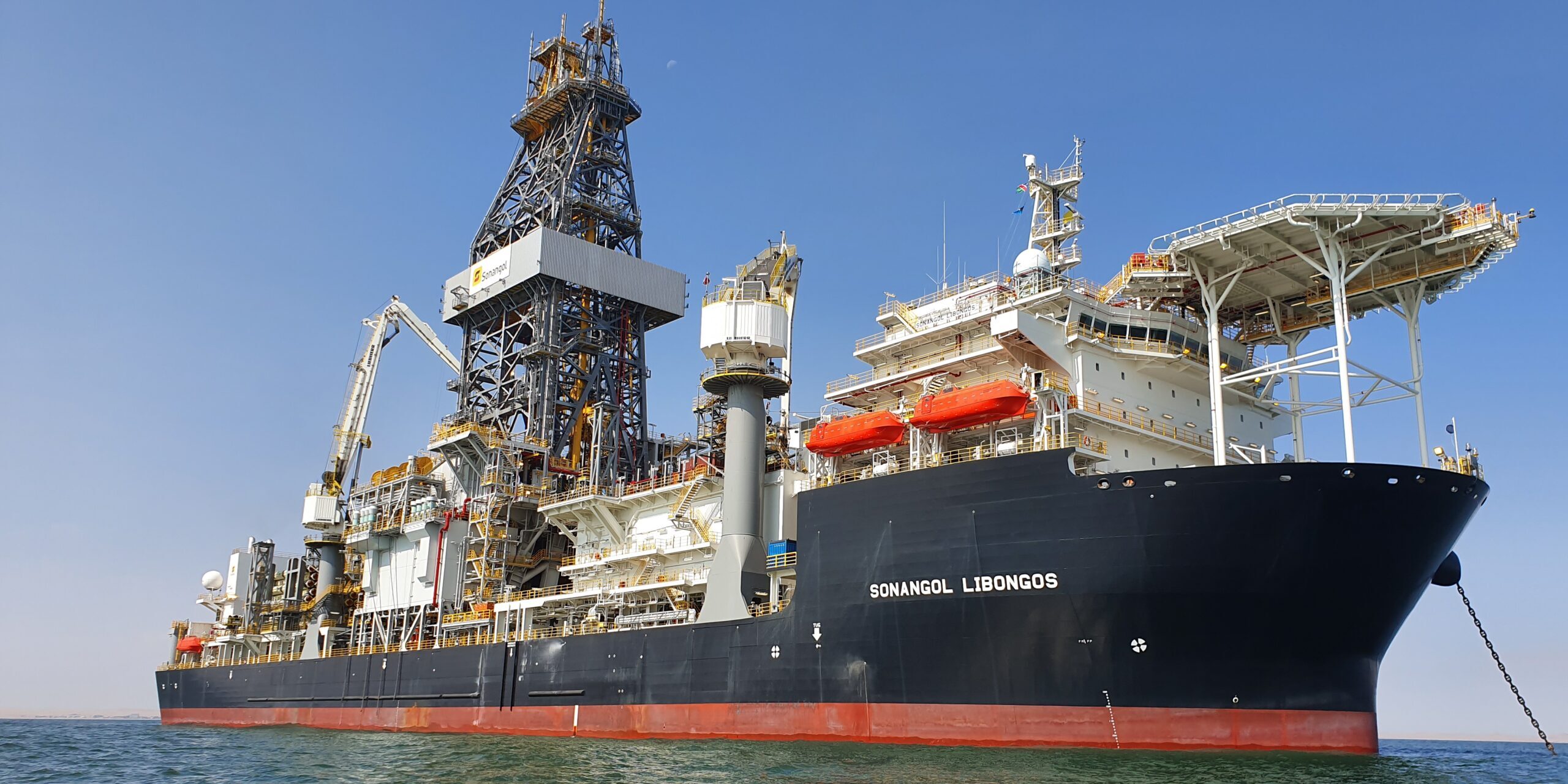Sonangol announced the start of oil drilling in Block Kon 11 of the Kwanza Onshore Basin in August. The company expects the drilling of two oil wells to contribute to the growth of its operated production, elevating it from 2.0 to ten percent of the total Angolan oil industry.
Ricardo Van Deste, President of the Executive Commission of the Exploration and Production Business Unit (UNEP) of Sonangol, declared that Kon 11 has been identified as the block with the highest reactivation potential. The Tobias Field, where the Block is located, was discovered in 1961 with an initial volume of 94.3 million barrels. It operated until 1996 when it was abandoned after producing 28.95 million barrels, leaving a remaining 65.35 million barrels.
At its peak, Kon 11 had a production of 18,000 barrels per day, obtained from a total of eight wells, producing “light oil of very good quality, well-accepted by our refinery,” stated Ricardo Van Deste. He also recalled that in the past, this field supplied oil to the Luanda Refinery.
Drilling Goals
The drilling aims to confirm the production potential of the reservoir, and based on the results, optimize the development plan. The company already considers the Tobias Field as an opportunity to accelerate production. Ricardo Van Deste mentioned that UNEP has been conducting evaluation studies of the potential of its operated blocks in the onshore zone of the Kwanza Basin, which led to the identification of Kon 11 as “the asset with the greatest potential for production reactivation,” something that can happen in the short term.
The Kon 11 Block is the first to be drilled as part of these operations, and the site preparation works are nearing completion. Ricardo Van Deste considers these operations as a significant milestone for the Angolan oil industry, “as it marks the beginning of exploration and production activities in an area with great potential but has been without production since the 1990s.”
Although Sonangol is the first to drill wells in this basin, Ricardo Van Deste expects that other operators will invest in similar assets. He also mentioned that Sonangol has already submitted the environmental impact study to the relevant authorities and planned the activities to mitigate the impact of drilling operations on the environment. Additionally, the company is offering job opportunities to the local population in the areas where the operations are taking place.
Sonangol leads a consortium in this operation, including Brite Oil & Gas Limited (25 percent), Atlas Petroleum Exploration Worldwide (20 percent), and Omega Solution Angola (5.00 percent).
Information from the editorial office of this newspaper indicates that operations like this are part of the plans of the National Agency for Oil, Gas, and Biofuels (ANPG) to reverse the decline in oil production.
In June, during the presentation of the 2023 Petroleum Bidding Round, Euclides Andrade, the Director of the Planning Office of ANPG, announced a forecast of about a 40 percent increase in investments in the oil sector compared to the last five years. This increase is a result of the production start of eight oil blocks in the Kwanza Onshore Basin and four in the Lower Congo Basin.
These initiatives are part of the 2025 General Strategy for Concession Assignments, with the ultimate goal of mitigating production decline and increasing the country’s oil reserves to ensure the sustainability of the sector.
Euclides Andrade also noted that petroleum activity in the country began in the early 1900s, with the first exploration record in 1910. This was followed by a series of commercial discoveries leading to the start of oil production in the 1960s. The sector experienced a “golden” period until the early 2000s, with exploration of deep and ultra-deepwater blocks, reaching a peak production of about 1.9 million barrels per day in 2008. However, since 2016, the country has experienced a decline in production, prompting the government to implement reforms in the sector to address the situation.
![]()




